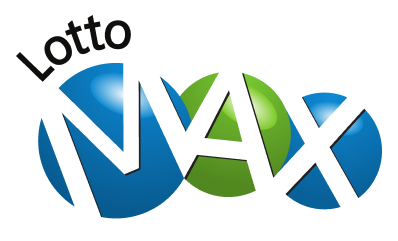MELBOURNE, Australia (AP) — Police fear Bradley John Murdoch, known as the “Outback Killer,” has taken to his grave the secret of how he dispo…
More Australia and New Zealand
Three of Erin Patterson four lunch guests died in the hospital after the 2023 meal at her home in Leongatha.






